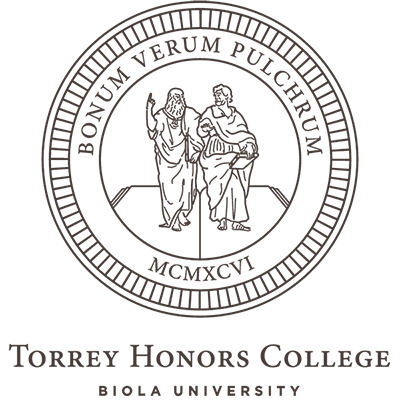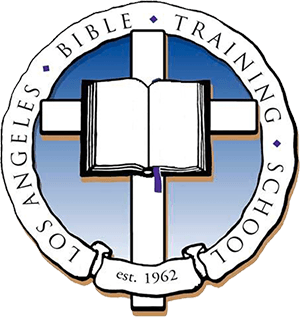A scene from The Canterbury Psalter (12th century)
Blog
But Super Cahoots

People who tend to think of the three persons of the Trinity as three distinct individuals, each with their own individual center of consciousness (maybe a differentiated self-awareness knotted together with a matching other-awareness), faculty of willing, and so on, are what we loosely call “social trinitarians.” I put this in scare quotes because it’s a notoriously imprecise label that has probably served more to confuse issues than it has succeeded to pick out any particular view. It’s one of those conventional labels that you have to use and then immediately define specifically; so it loses the advantages that labels are supposed to have: quick, clear communication.
But when it functions adequately, the “social” in “social trinitarian” is supposed to evoke the old social analogy for the Trinity: the persons of the Trinity are like three people in a close relationship. Perhaps the label “social trinitarianism” suggests a social analogy that is somehow pressing forward into a social model; becoming more than an analogical strategy and more of a way of describing the persons as members of a society.
Those of us who are anti-social (get it?) might take issue in several ways. We might object to the analogy becoming a model; we might worry that persons are collapsing into mere people; we might demur when each person is kitted out with their own set of faculties. But some of us might just want to hear social trinitarians work harder, especially at the task of describing the utter oneness of God. We’re alarmed when our fellow trinitarians talk at some length as if the Trinity is a group, and then blithely conclude with an admission that they are of course a tighter group than we can imagine, the best committee you ever served on, the Group than which no Groupier Group can be Grouped.1 It’s a great admission. But we want more, and sooner.
What we want is for anybody who takes up the social analogy for the Trinity to admit right away that they have set out on a difficult road. Their road leads sharply upward, away from the common ground of our human experience of social community, and up into the transcendent reality of the one God. We want them to state the disanalogies that attend the analogy, and have something to say about the ways in which God is not like a society. If they say each person has a center of consciousness, we want to hear how that center of consciousness includes constitutively within itself a simultaneous consciousness of relation, and how it never failed to do so. We want to catch a glimpse of how these three cannot even theoretically be abstracted away from each other and treated in isolation. We want the threeness to crack open conceptually into an overwhelming oneness.
When social trinitarians narrate the outward works of God, we don’t want to hear a story of three separate agents who cooperate extremely well. We don’t want to hear that these three are just in cahoots; or if we do, we want to be assured that the they are in super cahoots, metaphysically grounded cahoots, deeper cahoots from before the dawn of time.
This is what all other kinds of trinitarians miss when they hear how some social trinitarians talk. The three-individuals way of thinking and speaking just comes across as too effortless and cozy. If I were designing a social trinitarian thought project or research program (I’m not; I start from the other side, whose opportunities and challenges I am not writing about here), it would be this: to explicate the social analogy in such a way that it advertises its own inadequacies, signals the difficulty of making the analogical leap to divinity, and presses divine unity on its users as the predominating impression.
God has an ineffably strong unity which none of us has fully grasped; it is a revealed mystery to which all interpreters of Scripture should turn their minds. As Edward Leigh wrote, “God is not only Unus, but also Unicus, or to use St. Bernard’s word, Unissimus. If that word may be used, he is of all things the Onest.” Classical trinitarian theology does not back away from, or lower the standards of, this unity, but intensifies it by adding the consideration of internally relational onenesses unglimpsed by mere monotheism. Social trinitarianism tends to distract from this shared Christian task, and even erects a barrier. The most careless forms of social trinitarianism, popularized and reduced to easily relatable ways of talking, point believers in exactly the wrong direction.
_____________________
1Does popular-level social trinitarianism successfully imagine the Trinity as a community transcendently higher than any possible human community? I wonder. Speaking in churches in recent years, I have more than once been asked “why does Jesus pray that his followers will be one EVEN AS the Father and Son are one?” The haunting idea that that John 17:22 might just presuppose a churchly unity somehow equaling trinitarian unity seems to have become lodged in some minds. A survey of the long history of interpretation of this passage is instructive: most interpreters immediately point out that “even as” does not mean “with the same kind or extent” of unity, but rather with a created unification that corresponds admirably to an infinitely higher union.
About This Blog

Fred Sanders is a theologian who tried to specialize in the doctrine of the Trinity, but found that everything in Christian life and thought is connected to the triune God.


